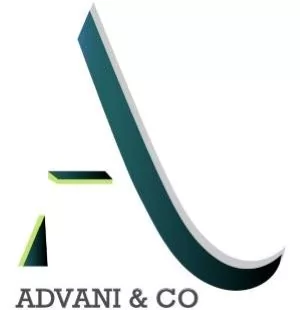Original Case
Kishan v. Vijay Nirman Company Private Limited.
Practical Implication
The Supreme Court in the present decision considered whether to allow a petition under section 9 of the Insolvency and Bankruptcy code when the debt towards the operational debtor is already disputed. The Supreme Court has laid down guidelines to decide when an operational debt is termed to be disputed. It lays down a precedent that even after the award is passed, the debt cannot be termed as accepted until the final adjudication.
Brief Background
A tripartite Memorandum of Understanding was entered into between Vijay Nirman Company, Ksheerabad Construction Company and SDM Projects Private Limited. Arbitration was invoked as disputes arose out of the tripartite agreement. Two claims were awarded in favour of the Respondent and Three Counter-Claims that were filed before the Tribunal were rejected. Aggrieved by the decision of the arbitrator, the Appellant filed a section 34 petition challenging the award on the grounds of rejection of counterclaim filed by the applicants without proper grounds. Parallelly, a petition was filed under section 9 of the Insolvency and Bankruptcy code before the NCLT by the Respondent.
NCLT and Appellate Tribunal both held that the non-obstante clause in section 238 of the code shall override the Arbitration Act.
Issues before the Court
- Whether the the non-obstante clause in section 238 of the code shall override the Arbitration Act?
- Is it necessary that the debt which is disputed must be a bona fide dispute?
- Whether proceedings can be initiated under section 9 if the value of the counter claim is exceeding of that of the claim itself?
- At what stage does the debt stand to be disputed or accepted?
Judgment
The Court relied upon the decision of the Supreme Court in Mobilox Innovations Private Limited v. Kirusa Software Private Limited which observed the Guide on Insolvency Law of the UNCITRAL which laid down that the disputed amount shall be equal to or greater to the amount of debt. The Supreme Court also laid down points to determine while examining an application under section 9 of the code, that the operational debt shall be above one lakh rupees, the documentary evidence shall show the amount as payable and lastly whether there is a dispute existing regarding the amount of the debt. The Court in the same case also observed that the operational creditors shall not misuse the provisions of insolvency proceedings for nominal amounts of debts and moreover the duty of the court is only limited to decide whether there exists any dispute or not, the court shall need not be satisfied that the defense is likely to succeed.
In order to decide as to when a debt stands to be accepted, the Supreme Court relied upon the English Judgment Victory House General Partner v. RGB P & C Ltd.Then Singapore Law case Lim PohYeoh v. TS Ong Construction was relied upon in determining when can an operational creditor initiate proceedings under section 9 of the code against an operational debtor.
The court could not rely upon the judgment passed by the Singapore court of law in LKM Investment Holdings Pte Ltd. v. Cathay Theatres Pte Ltd. on the grounds that the scenario of both the laws is different as under those laws there is a condition of the dispute to be bona fide.
Thus, the Supreme Court finally concluded that in so far as operational debt is concerned it has only to be seen that whether the debt is disputed or not and that the filing of petition under section 34 shows a pre-existing dispute and that it does not end here but also after passing of award up to final adjudicatory process, the court also made it clear that insolvency proceedings can be initiated if the operational debtor exceeds the limitation period for filing petition under section 34.
The content of this article is intended to provide a general guide to the subject matter. Specialist advice should be sought about your specific circumstances.
